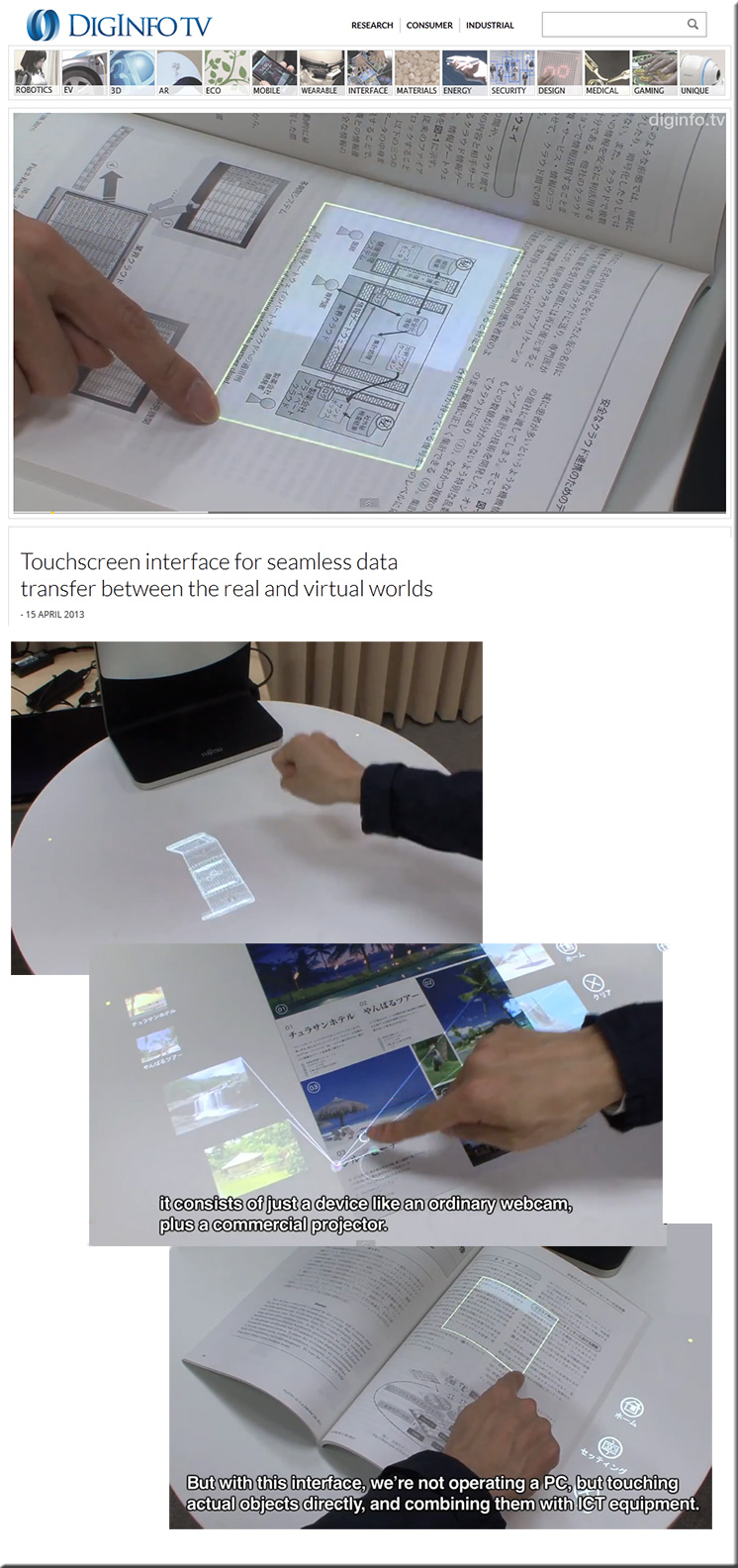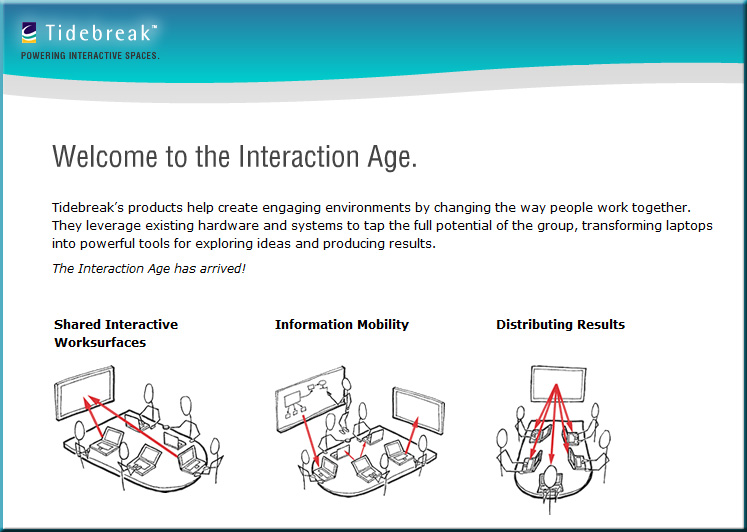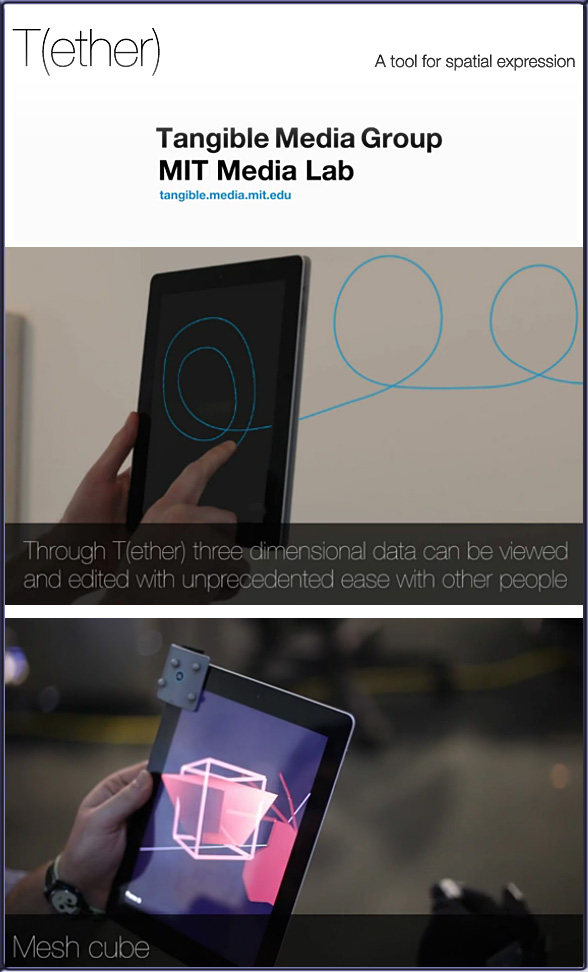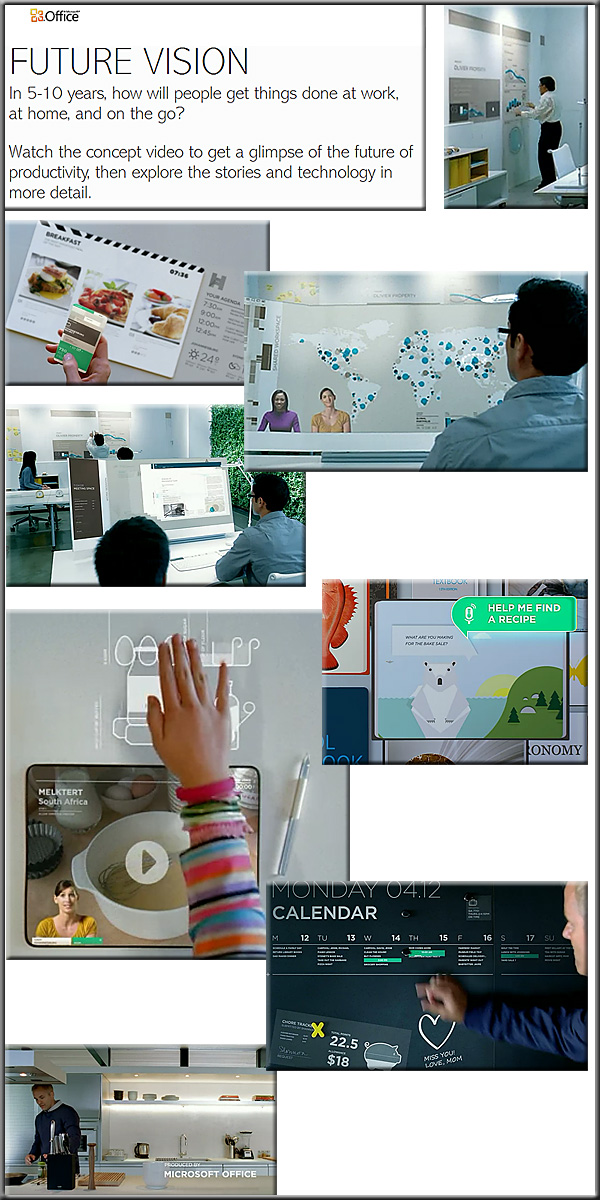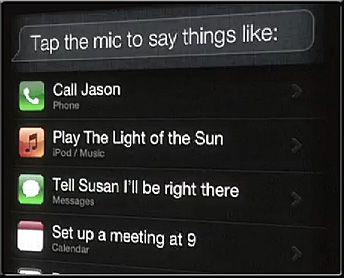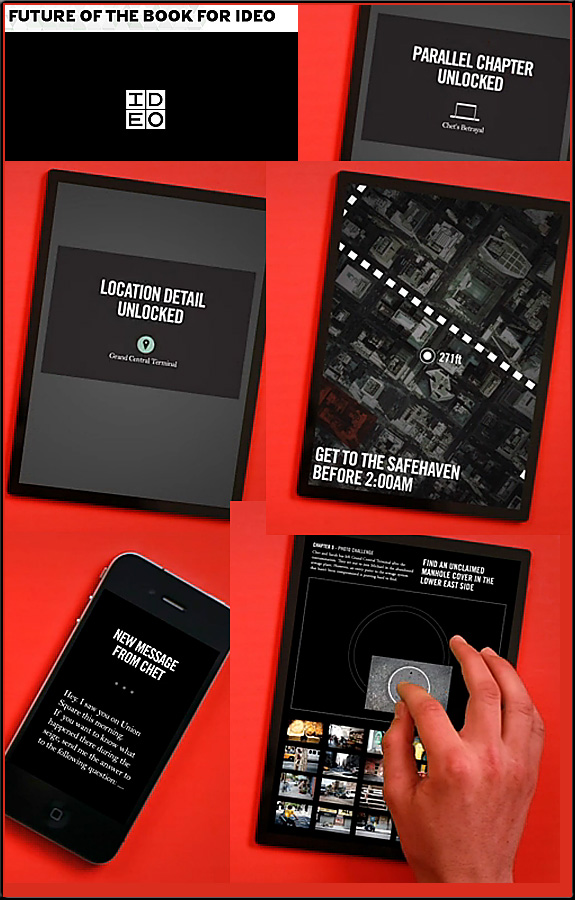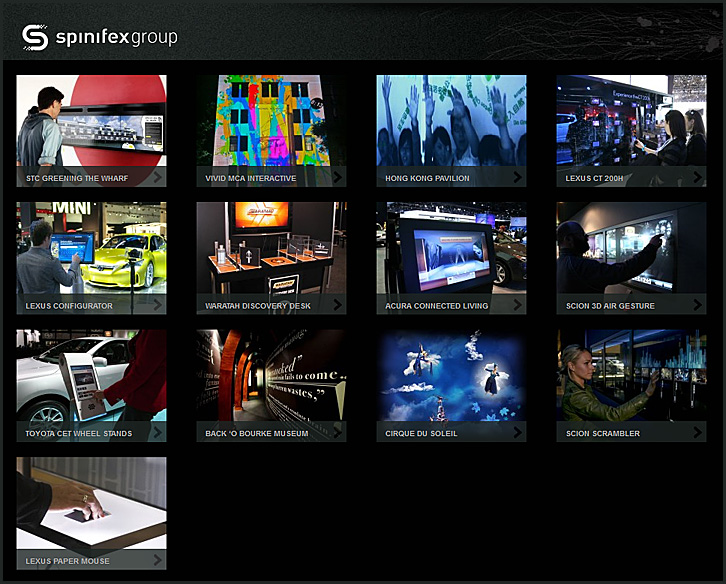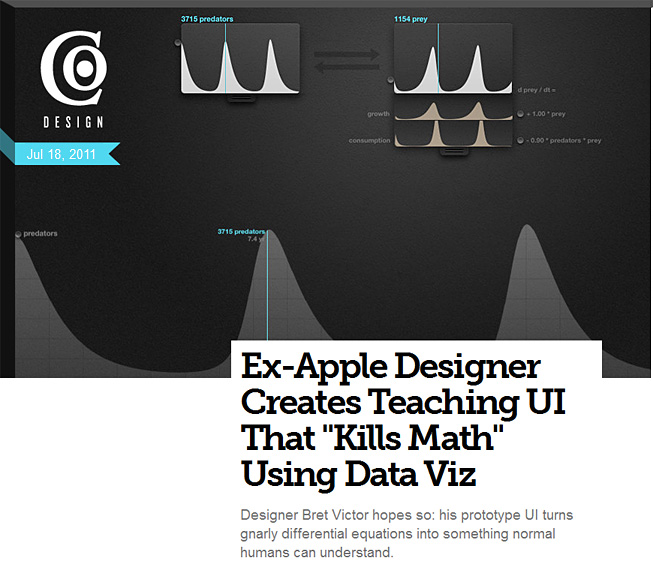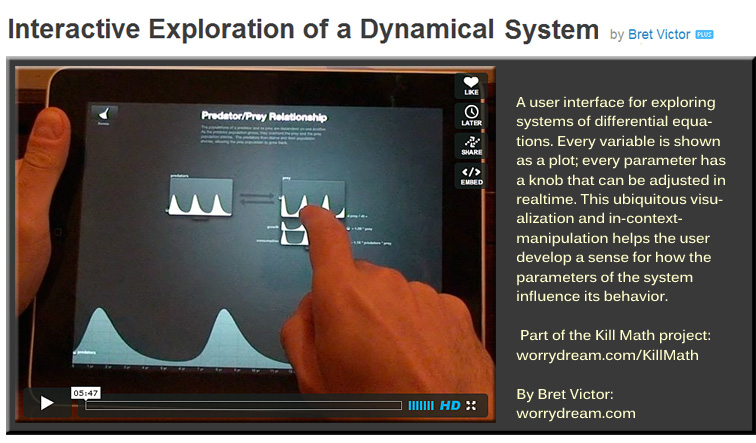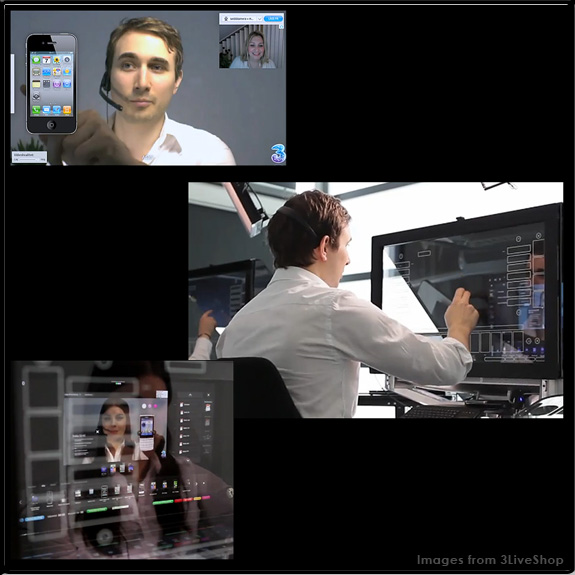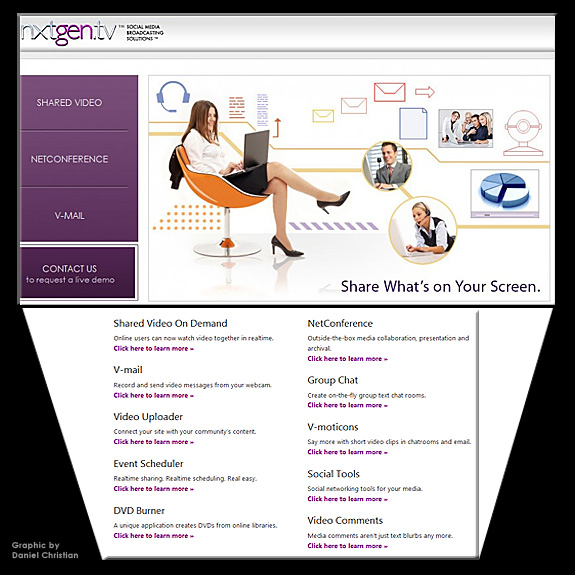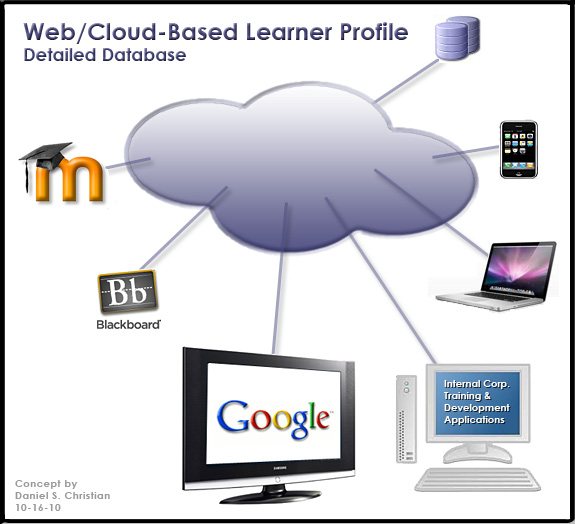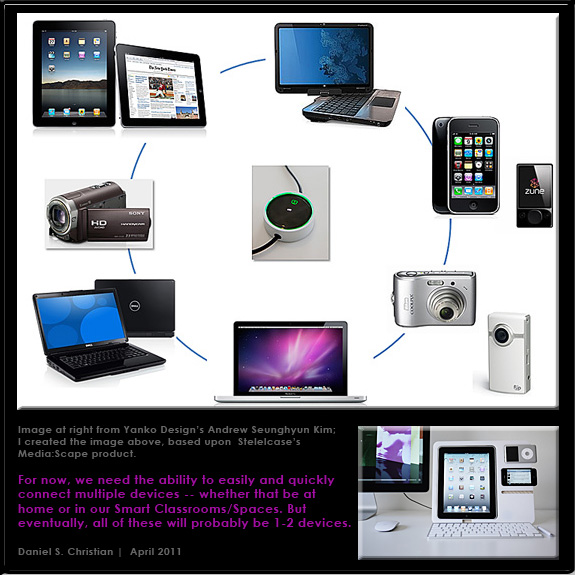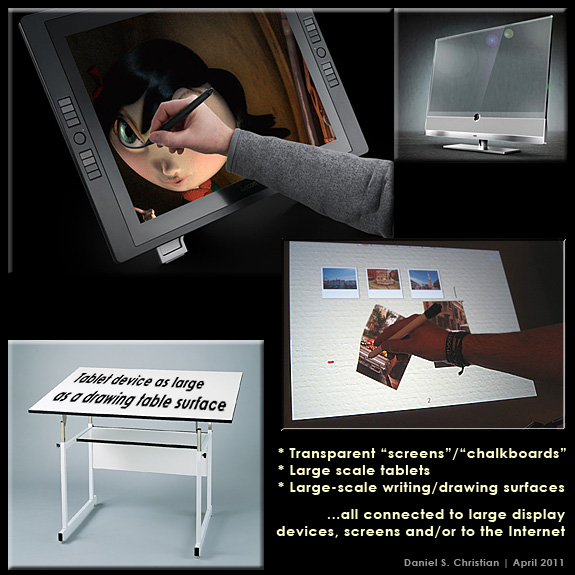From DSC:
After briefly reviewing the Infographic: The intricate anatomy of UX design (from fastcodesign.com by Mark Wilson) which “attempts to tackle the relationship between UX and all other aspects of design,” two thoughts immediately came to my mind:
- To me, this is why intuition and a sense of keeping things simple (less is more) are so important.
. - It’s a miracle that things lined up so that someone like Steve Jobs not only had so many of these design-related skills, but also the business skills — and opportunities — to persuade others to bring those ideas to fruition. Had he not grown up where he did…and had he not been mentored by whom he was mentored…and had he not met those he met…I wonder…how many of his ideas would have ever come to fruition?
.
Also see:
- Elements of User Experience Design — from wikipedia.org
- Interaction Design — from wikipedia.org
- 5 consumer-driven technologies that will reshape society — from fastcompany.com by Seth Priebatsch
Technology consumers, not companies, are driving nothing less than revolutions based on demand for alternatives to expensive dinosaur institutions. Seth Priebatsch of LevelUp predicts which will be the next titans to fall.
In Silicon Valley, designers emerge as rock stars — from Reuters.com by Gerry Shih
Excerpt:
The new breed of “user experience” designers – part sketch artist, part programmer, with a dash of behavioral scientist thrown in – are some of the most sought-after employees in technology. Entry-level interactive designers at startups are commanding salaries easily topping $80,000, almost twice the median pay for primarily print designers of about $45,000, according to a recent survey by the American Institute of Graphic Arts.
From DSC:
From my experience with Internet-related work and careers, most people are either gifted in the front end of things (interface design, graphic design, web design, etc.) or in the back end of things (programming, databases, scripting, e-commerce, security, etc.). I have seen individuals who can do both…but it’s rare that someone is deeply versed in both sides of the coin.
What are we doing in higher ed to foster more cross-disciplinary skills/assignments/projects/teams like this?
From DSC: Expectations, today, are getting hard to beat
Since Apple’s event yesterday, I’ve heard some conversations on the radio and reviewed several blog postings and articles about Apple’s announcements…many with a sense of let down (and some with the usual critical viewpoints by the backseat drivers out there who have never tried to invent anything, but who sure like to find fault with everyone else’s inventions and innovations).
It made me reflect on how high our expectations are becoming these days! It wasn’t enough that iCloud is coming on 10/12 (and who knows the directions that will take society in). It wasn’t enough to introduce some serious software-based innovations such as Siri (which bring some significant advancements in the world of artificial intelligence) or AirPlay for the iPhone. It wasn’t enough to enter into the multi-billion dollar card industry with their new Cards app for the iPhone. Wow…tough crowd.
What might these announcements — and expectations — mean for education?
Well…I can see intelligent tutoring, intelligent agents, machine-to-machine communications, the continued growth of mobile learning, learning from the living room, the initiation of programs/events caused by changes in one’s location, continued convergence of the television/computer/telephone, continued use of videoconferencing on handheld devices, cloud-based textbooks/apps, and more.
Multiscreen Patterns — from Precious-Forever.com by Christophe Stolle
Patterns to help understand and define strategies for the multiscreen world.
Be aware of the light source hitting your screen — from Digital Photography Schoolby Peter West Carey
Which also points to:
- How to calibrate your monitor — from Digital Photography School
Why Angry Birds is so successful and popular: A cognitive teardown of the user experience — from Pulse > UX by Charles L. Mauro
Excerpt:
Simple yet engaging interaction concept: This seems an obvious point, but few realize that a simple interaction model need not be, and rarely is, procedurally simple. Simplification means once users have a relatively brief period of experience with the software, their mental model of how the interface behaves is well formed and fully embedded. This is known technically as schema formation. In truly great user interfaces, this critical bit of skill acquisition takes place during a specific use cycle known as the First User Experience or FUE. When users are able to construct a robust schema quickly, they routinely rate the user interface as “simple”. However, simple does not equal engaging. It is possible to create a user interface solution that is initially perceived by users as simple. However, the challenge is to create a desire by users to continue interaction with a system over time, what we call user “engagement”.
What makes a user interface engaging is adding more detail to the user’s mental model at just the right time. Angry Birds’ simple interaction model is easy to learn because it allows the user to quickly develop a mental model of the game’s interaction methodology, core strategy and scoring processes. It is engaging, in fact addictive, due to the carefully scripted expansion of the user’s mental model of the strategy component and incremental increases in problem/solution methodology. These little birds are packed with clever behaviors that expand the user’s mental model at just the point when game-level complexity is increased. The process of creating simple, engaging interaction models turns out to be exceedingly complex. Most groups developing software today think expansion of the user’s mental model is for the birds. Not necessarily so.
Other key items discussed:
- Simple yet engaging interaction concept
- Cleverly managed response time
- Short-term memory management
- Mystery
- How things sound
- How things look
- Measuring that which some say cannot be measured
From DSC:
What Apple is able to do with many of their hardware and software products, what Charles describes here with Angry Birds, what Steelcase did with their Media:Scape product’s puck — and other examples — point out that creating something that is “easy” is actually quite hard.









